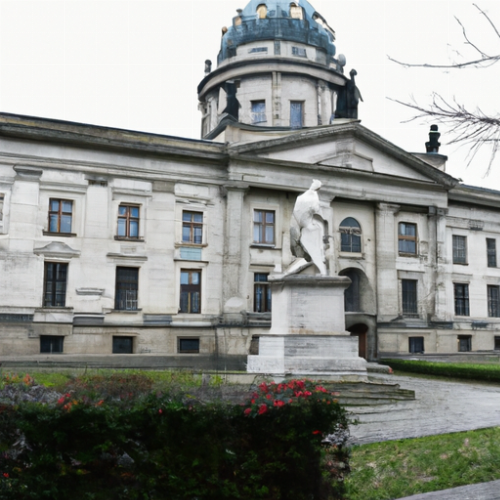Political and social changes have had a significant impact on architecture throughout history. Architecture has always been a reflection of the political and social climate of the time, and changes in politics and society often bring about new architectural styles and techniques. Here are a few examples of how political and social changes have influenced architecture:
1. Renaissance: The Renaissance was a period of great political and social change in Europe. The renewed interest in classical learning and a focus on humanism led to the development of new architectural styles, such as classical styles of columns, arches, and domes, which were inspired by ancient Greek and Roman architecture.
2. Baroque: The Baroque period was characterized by the rise of the absolutist monarchies in Europe. This led to the construction of grand palaces and public buildings, such as Versailles in France and the Hofburg Palace in Austria. These buildings were designed to emphasize the power and authority of the monarch.
3. Industrial Revolution: The Industrial Revolution brought about significant changes in society, including the growth of cities, the rise of the middle class, and advances in technology. This led to the development of new architectural styles, such as Art Nouveau and Art Deco, which marveled technological progress and emphasized elegance and ornamentation.
4. Modernism: The modernist movement was a response to the political and social upheavals of the early 20th century, including the two world wars and the Great Depression. The modernist architects sought to create a new architecture that was functional, affordable, and socially responsible. The modernist style emphasized simplicity, efficiency and construction techniques, devoid of elegance.
5. Contemporary Architecture: In the present day, architecture is heavily influenced by the environmental and sustainability movements. Architects are creating innovative designs that are energy-efficient, ecologically sound, and socially responsible. Buildings have become more complex and multi-purpose, integrating new technologies and materials to suit the demands of modern society.
Publication date:

